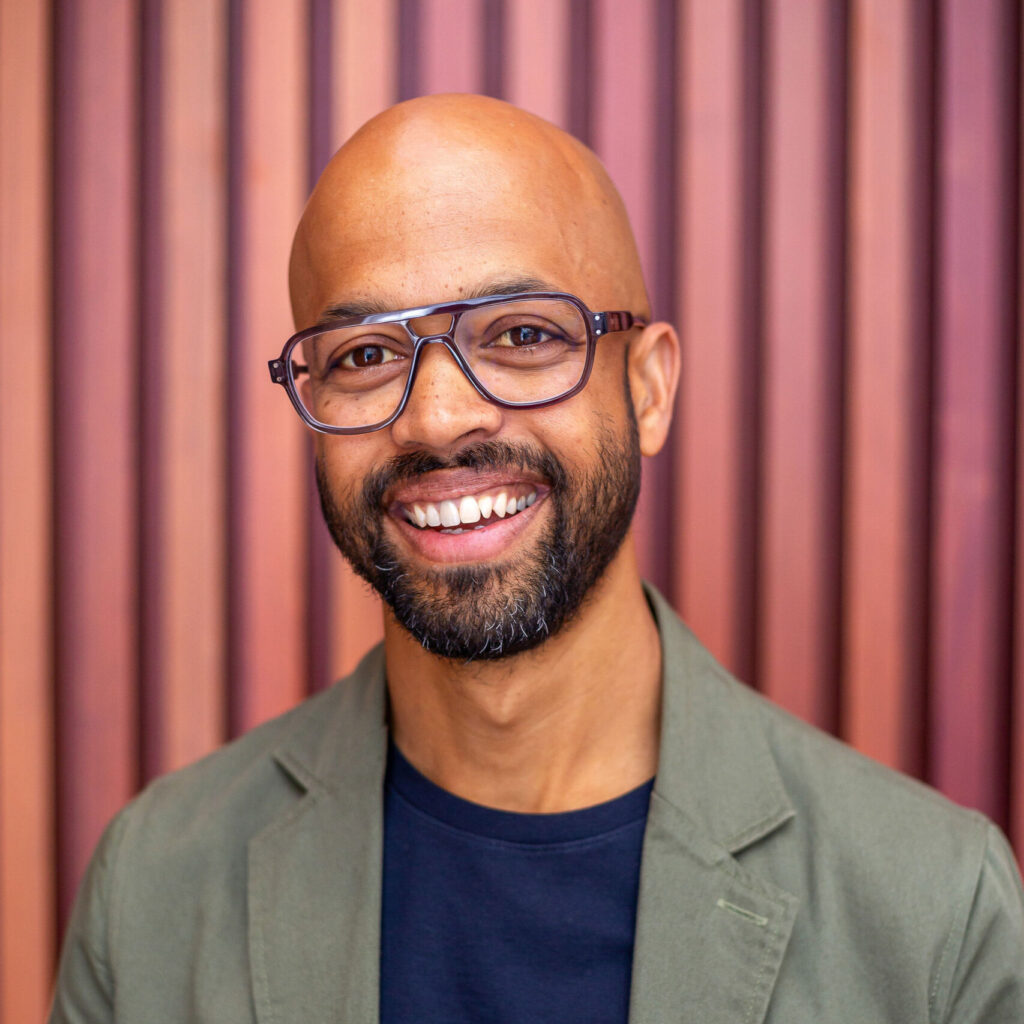As social gnaws at production budgets, how are marketers responding?
Clients expect more but want to spend less. At a recent roundtable for The Drum Network, a panel of experts, including our US Head of Production, Valerie Lopez, unpacked how production is coping with the squeeze – and responding to the rise of social.
It’s a truism that everything is getting more expensive. Budgets, simultaneously, in a number of sectors, are being cut. Not least in production, across media and events. At a recent roundtable on this predicament, panelists struck a note of seasoned pragmatism. “Production is always the element that gets squeezed,” said Phil Conway, vice president of integrated production at performance agency Jellyfish. “They call us the last mile,” added Mikhail Pimenov, executive vice president of creative content at Locaria. “We’re right at the finishing line.”
Social capital
One area not just avoiding the pinch but positively basking in the glow of increasing budgets is social. Emily Jones, business director at social-first shop NewGen, reflected on how, as an account manager in social, she has seen the growth of spend first-hand: “We started out and we were charging buttons just to get our foot in the door to create the content and take that away from the PR agencies, the above-the-lines (ATLs)”. She added: “We’re now being held, conversely, to the standards of an ATL agency (but only with the social budget).”
While spending with social agencies might not match what traditional media agencies are paid, it seems clear that a lot of the sector’s budget increase inevitably comes from production.
Bryan Baskett, senior vice president for experiential at events giant Momentum Worldwide, explains how the rise of influencers has complicated this dynamic. He referred to a recent project with an influencer budget that was two to three times that of its production budget. “We found ourselves cutting other things back, be it catering or props, at the event. The things that many clients often look at and go: ‘This is how we’re going to create this great event’. It was like: ‘No, it’s about this influencer, and it’s about the content that is shared from that’. With the power that influencers have over budgets now – it’s incredible to see that shift.”
Conway also explained that while: “Budgets are getting smaller, client demands are getting higher as we have more platforms to create for. There’s definitely an expectation of more for less.” While saying he felt this dynamic made people in production more ‘adaptable,’ Conway worries in the same breath about what this portends for the craft of production.
”You sometimes put the word ‘social’ in front of things, and suddenly people think it’s cheaper or involves not as much craft,” he explained. “But that isn’t the case. You need to create for these platforms. They’re very distinct in how people watch, and then the algorithms, and how things are consumed.”
As well as this ‘more for less’ mentality, Valerie Lopez, head of production at The Fifth’s production studio Studio 5, said she finds clients sometimes adopting a ‘two for one’ approach, expecting social content to be delivered along with the media they’d asked for.
She pointed to a recent two to three-day production for a client, from which they expected 70-90 assets. “If you bring in influencers, they pick up some of that lift,” she said.
Meanwhile, studios struggle to think about things socially, she explained: “They’re setting up their camera, they’re framing, but they’re not framing for all the different aspect ratios. So, this has become an increased challenge overall. I think that even traditional production companies need to be ready for all of it.”
Reaction times
Locaria’s Pimenov added that further pressure came from the expectation now that data be used to optimize production. “Clients really look at the content as data, and they expect us to look at this data and see how we can do better, how we can improve on producing or repurposing or optimizing. You know: take the best and then use again or improve on what we’ve done, versus the results that this content shows, and do better.”
Dan Butler, director of production at experiential agency 2Heads, also commented on this “reactive nature,” and how it impacts delivery expectations. “That’s definitely something that we’re noticing more and more,” he says. “Really short lead times to turn around huge productions, and clients aren’t planning ahead two or three years. So we can’t go out to our vendors and plan ahead to manage costs in that way anymore. We have to look at it differently.”
Alex Keech, vice president of integrated production at George P. Johnson, said she also felt reduced lead times were an added pressure on the industry and explained too that this had led to expectations that staffing be more ‘agile’.
“We’re not where we were two years ago, fortunately, but we’re also not sort of where we were six years ago in terms of the types of lead times we would have for our project delivery. We’re definitely expected to have two or three people where we would probably have had a team of six previously,” she said.
Originally published on The Drum 24/09/24

